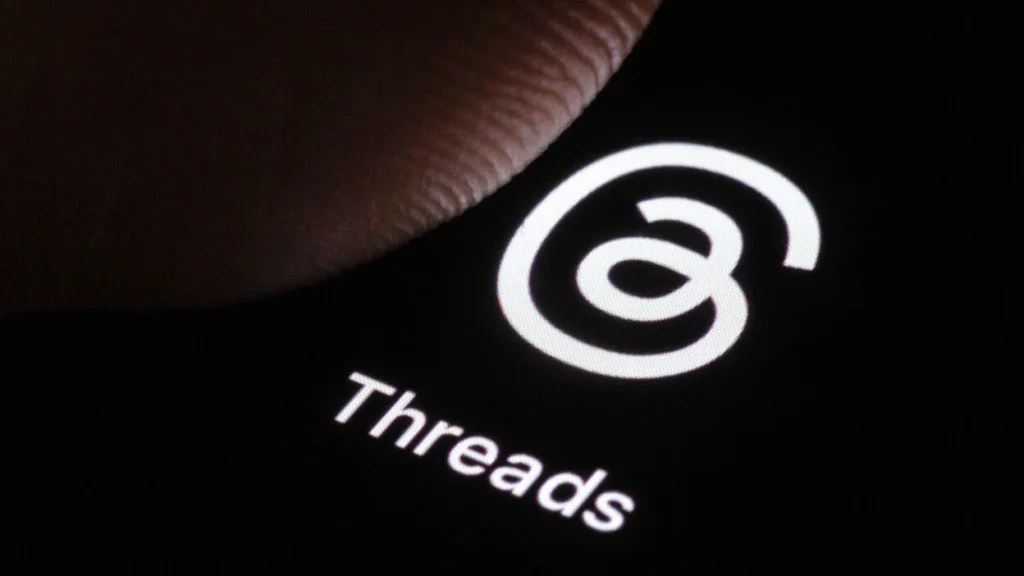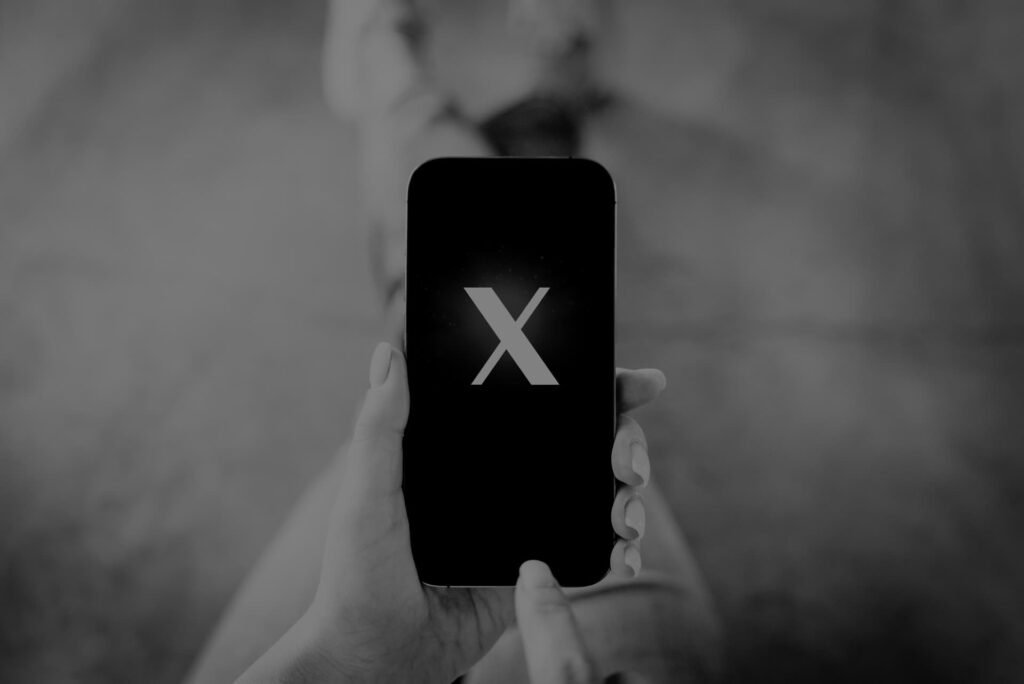The inside scoop on X’s algorithm overhaul
Here’s what just happened with X’s recommendation system, and why it matters more than most people think. Elon Musk didn’t announce a feature update. He announced the dismantling of how social discovery has worked for over a decade. X is replacing its entire algorithmic infrastructure and swapping it with Grok, an AI system that will process 100 million posts and videos daily using semantic understanding instead of engagement metrics. This isn’t a Band-Aid fix. This is an architecture overhaul. And I’ve tested enough platform algorithm changes to know this distinction matters.
Why engagement metrics fail creators
For years, every major social platform operated on the same foundational logic: engagement heuristics. Think of it as a massive set of if-then rules. If a post gets X likes, boost it. If engagement drops below Y threshold, bury it. If follower count is Z, prioritise it differently. These rules govern visibility across every platform still using traditional algorithms.
Research on recommendation systems shows that engagement metrics optimise for viral potential rather than quality. A controversial take generating 500 angry replies ranks higher than a thoughtful analysis getting 100 quiet, meaningful shares. The system mistakes engagement for value. This means early-stage creators, niche experts, and community builders get systematically buried beneath whoever generates the most friction.
The algorithm doesn’t ask “Is this actually good?” It asks “Will this keep people clicking?” Those are fundamentally different questions. They produce fundamentally different results. And creators have been paying the price for a decade.
From rules to reasoning
Here’s where Grok changes the game at a technical level. Instead of parsing engagement signals, Grok will read and watch every piece of content. It’s semantic processing rather than signal processing.
Semantic understanding means context and nuance become variables. A technical thread about database architecture won’t be penalised for lacking flashy thumbnails. A nuanced take on polarising topics won’t get buried because it doesn’t trigger maximum outrage. The system evaluates content meaning, not engagement signals.
This is genuinely different from what Meta, Instagram, and TikTok are doing. Those platforms layer machine learning on top of traditional engagement frameworks. X is attempting something more radical: pure AI curation without the engagement-first foundation underneath. I haven’t seen another platform attempt this architecture shift yet.
Solving the new account visibility problem
Every creator running growth experiments on X has hit this wall. You post something excellent, and it vanishes. You post the same content a week later after gaining 500 followers, and it performs six times better. This isn’t coincidence. It’s algorithmic bias toward existing authority.
Musk specifically called this out as “the new user or small account problem, where you post something great, but nobody sees it.” This is the core tension plaguing social platforms. The algorithm uses follower count and engagement history as proxy signals for quality. Which means quality content from unknowns gets filtered out before most people ever see it.
Grok’s semantic approach theoretically solves this. If the system can evaluate content quality directly rather than inferring it from existing metrics, then a brilliant five-part thread from someone with 200 followers could surface alongside content from verified accounts. The friction disappears. For independent creators, niche communities, and subject matter experts building audiences from zero, this shift is significant. Your visibility won’t hinge on pre-existing audience size anymore.
User control reshapes the relationship
This is where X attempts something philosophically different from competitors. Musk revealed that users will adjust their feeds “temporarily or permanently just by asking Grok.” That’s conversational feed customisation at scale.
Most platforms hide algorithmic reasoning entirely. You don’t know why you’re seeing something. Your options are blocking, muting, or accepting the system’s decisions. But if you can ask Grok directly to “show me more AI research and less cryptocurrency drama,” something fundamental shifts. You stop being a passive subject of algorithmic decisions. You become an active participant in feed calibration.
Real user control over feed composition makes platforms more transparent and accountable. When users actively calibrate their own curation rather than surrendering to invisible algorithms, the responsibility shifts. However, research on filter bubbles in recommendation systems demonstrates that personalisation can create feedback loops restricting users to narrow perspectives. A system optimised for engagement can subtly steer users toward addictive content while appearing personalised. Personalisation optimised for engagement isn’t the same as personalisation optimised for user wellbeing.
Creator strategy must evolve
If Grok determines reach, the entire calculus for creator optimisation shifts. Right now, creators optimise for engagement signals. Maximise likes. Get replies. Drive shares. It’s a clear metric-driven game.
But if an AI system trained to recognise quality determines visibility, optimising for “looking good to the algorithm” becomes more complex. Creators will face a choice: optimise for appearing interesting to an AI evaluating semantic quality, or keep optimising for algorithmic signals that may become less relevant.
I’ve observed that creators typically do both simultaneously when algorithms change. They improve content quality while also gaming metrics. Some creators will write better, more substantive content. Others will find new ways to trigger Grok’s recommendations. Both things happen. The advantage of quality-focused curation is that it theoretically punishes artificial signalling. A thread designed purely to generate outrage without substantive insight should rank differently than a thoughtful exploration of the same topic.
But here’s the critical part: Grok is trained on the internet. The internet that exists includes human decisions about what data to include, how much to weight different signals, and what constitutes quality. These are fundamentally human choices baked into the machine. The algorithm’s idea of quality reflects whoever trained it. It’s not objective. It’s engineered.
Why competitors should be concerned
X is attempting something genuinely different from Meta, Instagram, and TikTok. Those platforms use machine learning to optimise existing engagement-based systems. X is attempting to replace the entire foundation.
If it works, it’s a structural competitive advantage. X solves the discovery problem plaguing social media since algorithmic feeds became standard. Better discovery means more valuable time spent, better content quality overall, and creator retention. If it doesn’t work, the failure will be visible and catastrophic. Algorithmic collapses are public spectacles.
The timeline signals confidence or recklessness, depending on results. Four to six weeks to replace the entire recommendation system is incredibly fast for infrastructure this complex. This speed means edge cases and unexpected failure modes will emerge that testing can’t predict. But it also signals Musk’s willingness to move quickly and iterate publicly. We’ll learn what works by watching how users and creators respond.
The payment problem nobody’s discussing
Here’s what gets missed in algorithm conversations. Musk also acknowledged that X hasn’t paid creators fairly. He admitted X is “underpaying and not allocating payment accurately enough” and even praised YouTube’s payment infrastructure.
This matters because algorithm improvements alone won’t retain top creators. Creator economy research shows that payment structures are the second most important factor creators consider when choosing platforms, after audience size. According to industry surveys on creator economy trends, platform payment fairness ranks as a critical consideration alongside discovery.
Better discovery doesn’t matter if creators can’t earn meaningfully. Until X addresses payment structure alongside algorithm changes, expect talented creators to continue hedging bets across multiple platforms. An excellent algorithm supporting creators who can’t earn meaningfully is ultimately incomplete.
The next four to six weeks matter
This is the moment when theory meets practice. Grok’s technical architecture is sound. Processing 100 million pieces of content daily using semantic evaluation is feasible. The real test is implementation. Does it produce unexpected biases? Do strange failure modes emerge? Does engagement actually improve without exploding creator anxiety?
We’ll also discover what Grok considers “quality.” This is crucial. If the system undervalues certain types of content or certain communities, we’ll see that immediately. If it favours certain perspectives or topics, creators will discover and exploit those preferences. The algorithm’s biases will reveal themselves within weeks.
For creators on X, the practical guidance is straightforward. Don’t try to game Grok by mimicking how you think an AI evaluates content. Instead, create genuine work that you’d want surfaced to people interested in your topic. It’s a bet that the algorithm’s interests align with yours, which is always risky with new systems. But it’s worth monitoring closely as the rollout happens.
You’re ahead of the curve now. Implement immediately.
The social media landscape is shifting from rule-based optimisation to learned semantic evaluation. This fundamental infrastructure change will ripple across how all platforms approach discovery over the coming years.
The creator economy market is projected to grow significantly over the next decade, with platforms that master discovery gaining competitive advantage. Whether Grok succeeds or stumbles, the direction is clear. Platforms are moving toward AI-driven content evaluation. Understanding this shift before it becomes industry standard puts you ahead of competitors and gives you positioning advantage when other platforms inevitably follow.
Track how Grok performs over the next month. Test how your content performs under semantic evaluation. Start optimising for quality over signals today. The next four to six weeks will tell us whether X’s algorithmic gamble reshapes social media discovery or becomes a cautionary tale about moving too fast. Either way, the technical experiment is genuinely significant, and the results will matter for every creator building an audience right now.
Watch this space closely. Platform architecture changes this fundamental don’t happen often. When they do, early insight becomes competitive advantage. You’ve got the inside scoop now. What you do with it matters.





